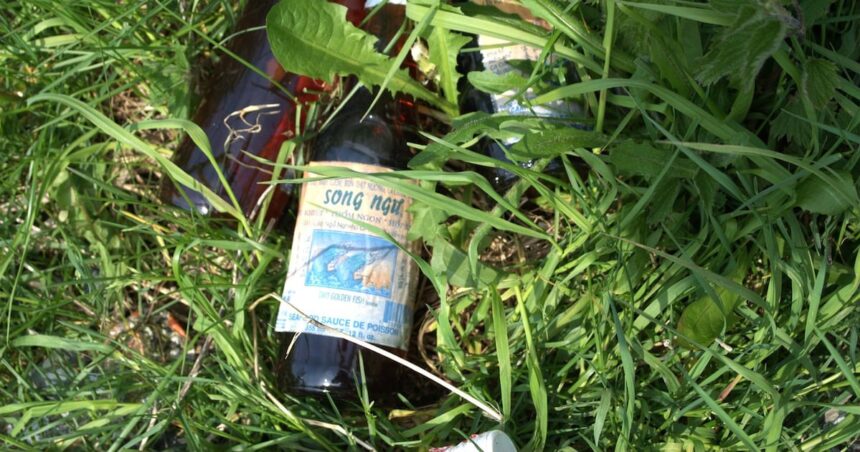In the small coastal community of Port Union, Newfoundland, residents are finally breathing sighs of relief—without holding their noses. After years of enduring what locals described as “the smell of death itself,” provincial officials have announced a comprehensive cleanup operation for the abandoned fish sauce plant that has plagued this historic fishing town for nearly two decades.
“It’s been a nightmare that never ends,” says Marlene Wiseman, who lives just 500 meters from the derelict facility. “On hot summer days, you couldn’t hang laundry, couldn’t open windows. The stench would seep into your clothes, your furniture—everything.”
The facility, once hailed as an economic lifeline when it opened in 2003, produced fish sauce and fish meal until its abrupt closure in 2008. When owners North Atlantic Products abandoned the site, they left behind processing equipment filled with fish remains, thousands of liters of partially processed fish sauce, and storage tanks containing unidentified chemicals.
According to provincial environment minister Bernard Davis, the cleanup operation will cost approximately $3.8 million and take an estimated eight months to complete. “This isn’t just about removing an eyesore,” Davis explained during yesterday’s press conference in St. John’s. “It’s addressing a serious environmental and public health concern that has unfairly burdened this community for far too long.”
The announcement follows years of advocacy from local residents and a scathing report from environmental inspectors who documented alarming levels of contamination in surrounding soil and concerning air quality issues during summer months.
Mary Pennell, chairperson of the Citizens for Clean Air committee that formed in 2010, described the struggle to get government attention. “For years, we were told it wasn’t a priority, that funds weren’t available. Meanwhile, our property values plummeted, tourists would drive through with windows up, and we all suffered headaches and respiratory issues.”
The cleanup plan includes specialized hazardous materials teams to remove and safely dispose of the remaining fish products and chemicals, demolition of the deteriorating structure, and remediation of the surrounding soil. Newfoundland and Labrador’s Department of Environment and Climate Change will oversee the operation, with work expected to begin next month.
Premier Andrew Furey acknowledged the excessive delay in addressing the situation. “When communities like Port Union raise legitimate environmental concerns, they shouldn’t have to wait 15 years for action,” he stated while touring the site. “This represents a failure of governance that spans multiple administrations, including our own.”
For Port Union, a designated National Historic Site once home to the Fishermen’s Protective Union, the cleanup represents more than just relief from the stench. Local business owners hope it will revitalize tourism and potentially allow for redevelopment of the waterfront property.
“We’ve got such a beautiful coastline and rich heritage here,” notes James Cullimore, who operates a seasonal bed and breakfast. “But who wants to visit a place where you can’t escape the smell of rotting fish? This cleanup means we can finally start looking forward again.”
Environmental health experts from Memorial University have been contracted to monitor air and water quality throughout the cleanup process and for six months following completion. Dr. Andrea Walsh, who leads the monitoring team, cautions that patience will still be required. “Even after the physical materials are removed, soil remediation takes time. Residents should expect gradual improvement rather than immediate elimination of all odors.”
As the small community prepares for the long-awaited cleanup, many residents are cautiously optimistic. “I’ll believe it when I see it—and smell it,” says Wiseman with a laugh. “But for the first time in years, I’m actually thinking about planting a garden next spring.”
As this environmental burden is finally addressed, one question remains for communities across Canada: How many other abandoned industrial sites continue to impact quality of life while awaiting government action?










